Integrative taxonomy helps to understand the true diversity of species – the case of the lichen genus Wetmoreana
Modern taxonomy pays much attention to cryptic species. These are species with very similar or identical morphology, closely or distantly related, which cannot be identified on the basis of morphological characters alone. The existence of such species makes it difficult to assess local and global diversity. Integrative taxonomy is a way of delimiting cryptic species and placing them correctly in a classification system. This approach involves the use of quantitative methods to process data from different sources (other than genetic data), e.g. phenotypic, chemical or ecological data, in the context of a previously derived molecular phylogeny.
Recently, the journal IMA Fungus published an article on the taxonomy, systematics and phylogeny of the lichens of the family Teloschistaceae, and more specifically of the poorly known South American representatives of the genus Wetmoreana. The authors, Karina Wilk from our Institute and Robert Lücking from the Botanic Garden and Botanical Museum in Berlin, used tools of integrative taxonomy to correlate potentially diagnostic morphological and anatomical features of the studied lichen specimens with phylogenetic reconstructions based on DNA. As a result, several species for which DNA sequences were not available were placed in the genus Wetmoreana. In addition, the process of delimiting taxa at the genus, species and subspecies levels, based on quantitative analyses of the collected data, allowed the synonymisation of the genera Wetmoreana and Fulgogasparrea, the description of 6 species (including 1 subspecies) new to science and the proposal of 8 new nomenclature combinations.
The publication is the result of research conducted within the project entitled "The use of integrative taxonomy methods in the delimitation of lichen species on the example of the critical genus Wetmoreana (Teloschistaceae, lichenized fungi)".
Original article:
Wilk K., Lücking R. 2024. Quantitative integrative taxonomy informs species delimitation in Teloschistaceae (lichenized Ascomycota): the genus Wetmoreana as a case study. IMA Fungus 15: 9. DOI
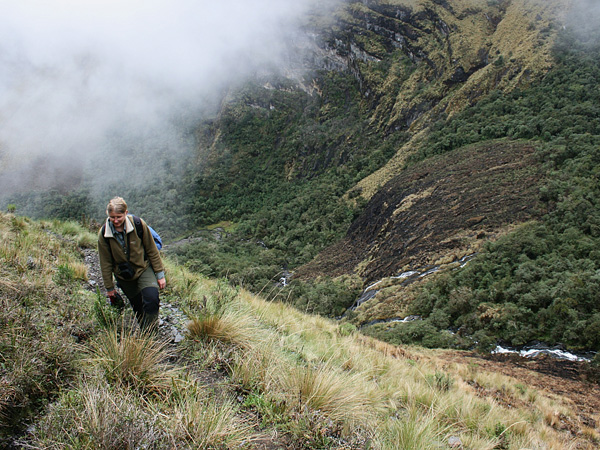
Research was conducted along an Andean altitudinal transect from 1500 m to 4000 m above sea level, stretching through remote and biologically very interesting habitats (Bolivia, Madidi region).
Photo: Tomasz Wilk

The humid puna (seasonally dry alpine grass- and shrub-land biome) near the village of Keara at an altitude of approx. 4000 m above sea level (Bolivia, Madidi region).
Photo: Tomasz Wilk
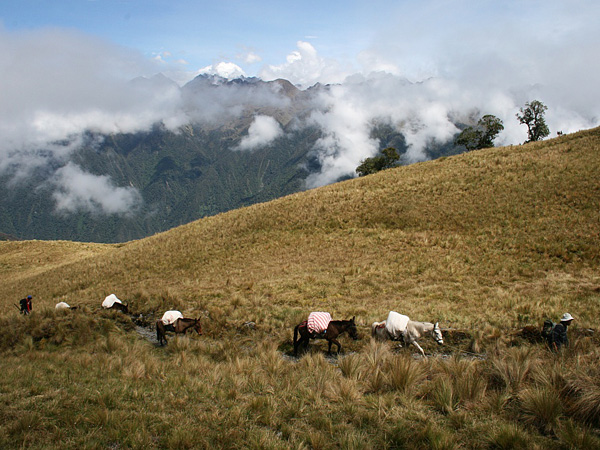
Three-week trek with guides and mules carrying supplies (Bolivia, Madidi region).
Photo: Tomasz Wilk
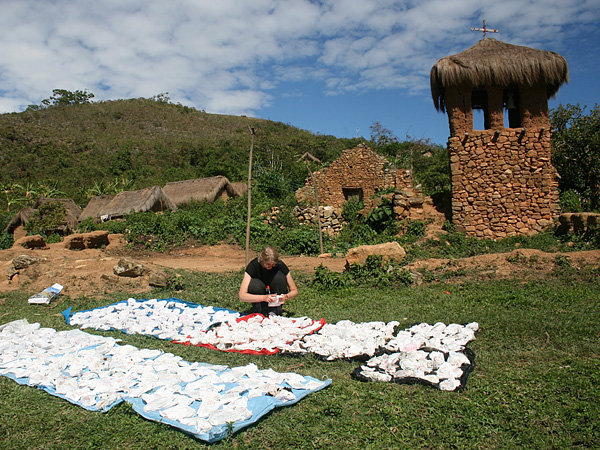
Drying of lichen samples after several days spent in humid forest and high mountain habitats (Bolivia, Madidi region, Mojos village).
Photo: Tomasz Wilk

Hard camp life – plague of stinging wasps (Bolivia, Madidi region).
Photo: Tomasz Wilk
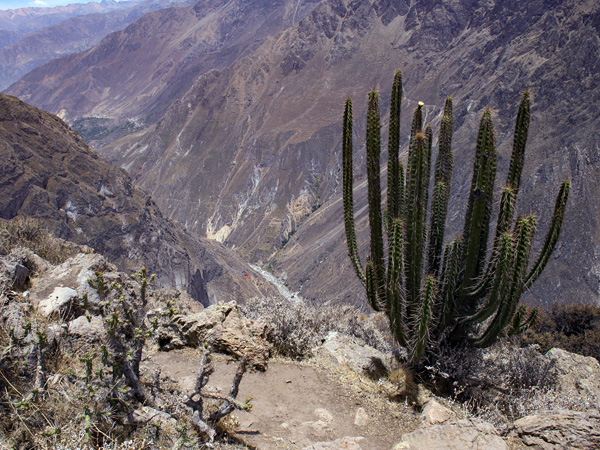
Colca Canyon, the deepest canyon in the world (Peru).
Photo: Tomasz Wilk

The dry, sun-drenched areas of Colca Canyon (Peru).
Photo: Tomasz Wilk
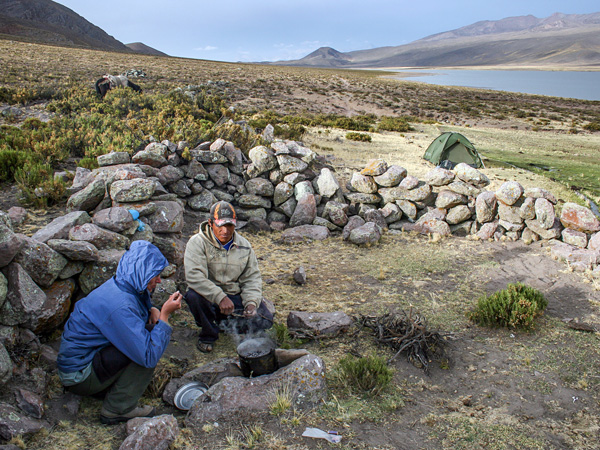
Camp on Lake Mucurca at an altitude of 3500 m above sea level (Peru, Colca region).
Photo: Tomasz Wilk

Wetmoreana variegata Wilk & Lücking, sp. nov.
Photo: Karina Wilk

Wetmoreana chapadensis (Malme) Wilk & Lücking, comb. nov.
Photo: Karina Wilk
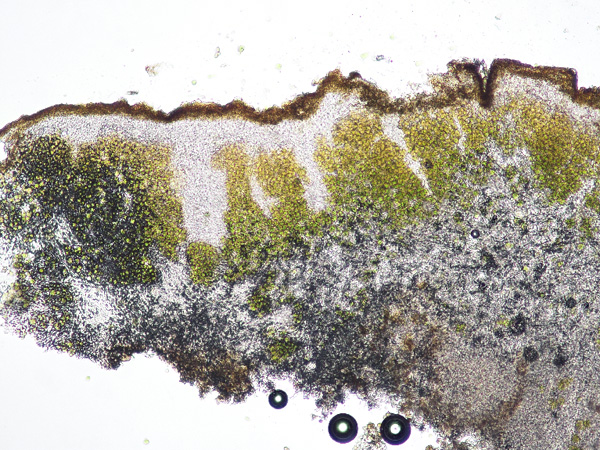
Cross section of a Wetmoreana sliwae thallus; the columnar arrangement of algae cells is characteristic of lichens from dry, very sunny habitats.
Photo: Karina Wilk

Spore-bearing cell (ascus) of Wetmoreana circumlobata Wilk & Lücking, sp. nov.
Photo: Karina Wilk





